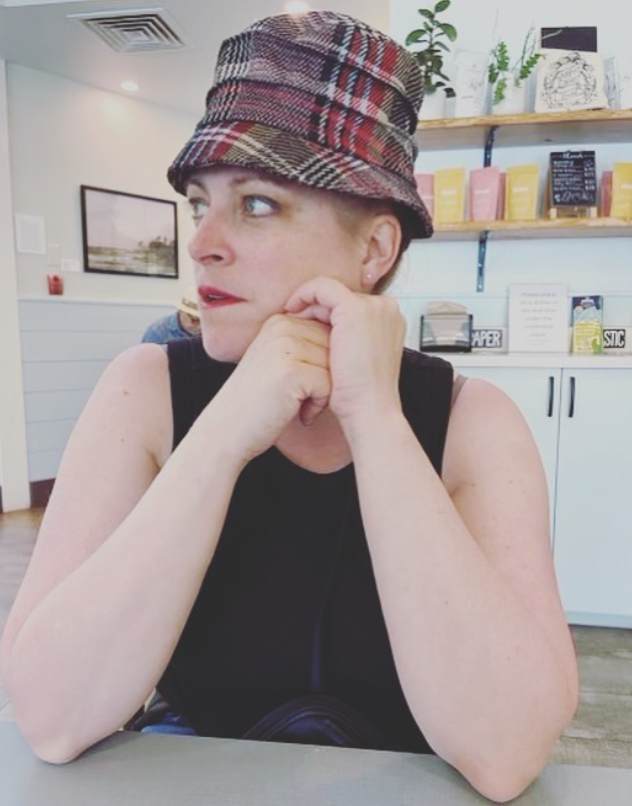Planning Your Year: Types of Text for the Classroom
Last post, I unpacked the grade 4 Language Arts illustrative outcomes to highlight that there are many skills, processes and content to begin planning your year.
I want to make it clear: the outcomes are the basis of your teaching and not a teaching resource.
By following the outcomes, you have a solid base to select other resources and materials with confidence; you will not find yourself wondering if you are on track with language arts.
Today let’s look a the notion of “text”.
Text as defined in the program of studies: “texts refer not only to print but also to oral and visual forms that can be discussed, studied and analyzed. In addition, texts are affected and influenced by how they are transmitted, whether by computer, television, radio or book. Students need knowledge, skills and strategies in all six language arts to compose, comprehend and respond to such texts.”
Oral texts include storytelling, dialogues, speeches and conversations.
Visual texts include pictures, diagrams, tableaux, mime and nonverbal communication.
Combinations of oral, print or visual texts include videos, films, cartoons, drama and drum dancing.
Take a moment to think about your classroom.
Have you considered all the different types of text, beyond printed books?
In the program of studies examples of actual titles and other types of text are referred to in the illustrative outcomes for each grade level .
Types of text are noted in 2.2 (experience various text) and 3.2 (use a variety of sources) for each grade level.
(Note the program of studies is from 2000, so there is reference to outdated forms such as CDROM and card catalogs, yet the term “media” does help us to include all modern forms of text that have evolved since then)
Let’s go deeper…
Grade 4
2.4 Experience various texts.
experience oral, print and other media texts from a variety of cultural traditions and genres, such as personal narratives, plays, novels, video programs, adventure stories, folk tales, informational texts, mysteries, poetry and CDROM programs
3.2 Use of a variety of sources.
locate information to answer research questions, using a variety of sources, such as maps, atlases, charts, dictionaries, school libraries, video programs, elders in the community and field trip.
This is what grade 4 looks like.
| Visual Text | Short Text | Long Text | Informational | People and Places |
|---|---|---|---|---|
| Posters | Cartoons | Adventure Novels | Articles (paper and digital - web) | Museums |
| Plays | Comic Strips | General Novels | Advertisements | Field Trips |
| School Performances | Poetry | Historical Novels | Jingles | Elders in the Community |
| Logos | FolkTales | Mysteries | Reference Books (Textbook, atlas, dictionary,maps) | Libraries or Learning Commons |
Note: printed/digital text can be long or short.
Looking for more ideas…
In most schools, there are Fountas and Pinnell Assessment Kits. Within those kits is a book called the Continuum of Literacy Learning. This book is a guide to teaching the whole year. Refer to the Read Aloud and Shared Reading sections for other text ideas.
Public libraries also have a digital collection. Digital collections include read along books (books that have words on the screen that are read to students), audio books (listen to the book, no text provided) and regular digital books. Public library collections can be used in the classroom and at home. Students have free access to public libraries.
Below is a list of my other favourite sources of digital text
- Gocomics.com is an excellent source for comics/cartoons. Note that full panel comics are published on Sundays.
- Dogonews.com has a variety of news articles for kids.
- Wonderopolis.com is a treasure trove for interesting wonders and has a read aloud feature.
- Kidshannon.com is a portfolio for illustrators with a variety of visual texts. This is also a great source for writing prompts. Specifically, this site addresses outcomes that refer to illustrators, for example: grade 4 -2.2.-discuss a variety of oral, print or other media texts by the same author, illustrator, storyteller or filmmaker.
- commonlit.org is a site for articles that can be displayed, printed or sent to google classrooms. I found this site had interesting topics with readability levels that supported my struggling readers in junior high. This is also a site to share with your K and E teachers.
Take a moment or several, to explore these sites and begin to a list of “texts” that you would like to have in your classroom. Don’t forget the content areas that you will be teaching. Are there text connections to Science, Math and Social?
Next time we will go deeper in our discussion of classroom libraries.
Until Then,
Love ya!
Coach Clark





